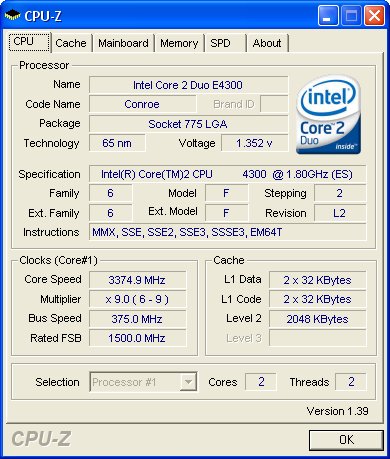 |
Overclocking is resetting some computer component so that it runs
faster than the manufacturer-specified speed. The purpose of
overclocking is to boost performance.
A user may overclock a processor to improve the performance of an old computer or conform to the requirements of new software. The most demanding users, such as gamers, may overclock even new, top-end equipment. The most commonly overclocked computer part is the processor but other components, such as Random Access Memory (RAM), motherboard chipsets and graphics cards, are also overclocked.
The procedure for overclocking a processor depends on a number of factors. The first and most commonly applicable step is to reset your computer's bus speed. Resetting the bus speed may require resetting jumpers inside your computer, although in systems with Soft Menu BIOS, the bus speed can be set through your system setup interface.
Factors that favor your ability to successfully overclock include having a well-designed motherboard with a fast enough bus and having a fan or other cooling device that will keep your system cool enough.
Overclocking is not without risk because when taken to extremes the process can make the system unstable. Most device warranties are voided if an issue is caused by overclocking.
No comments:
Post a Comment